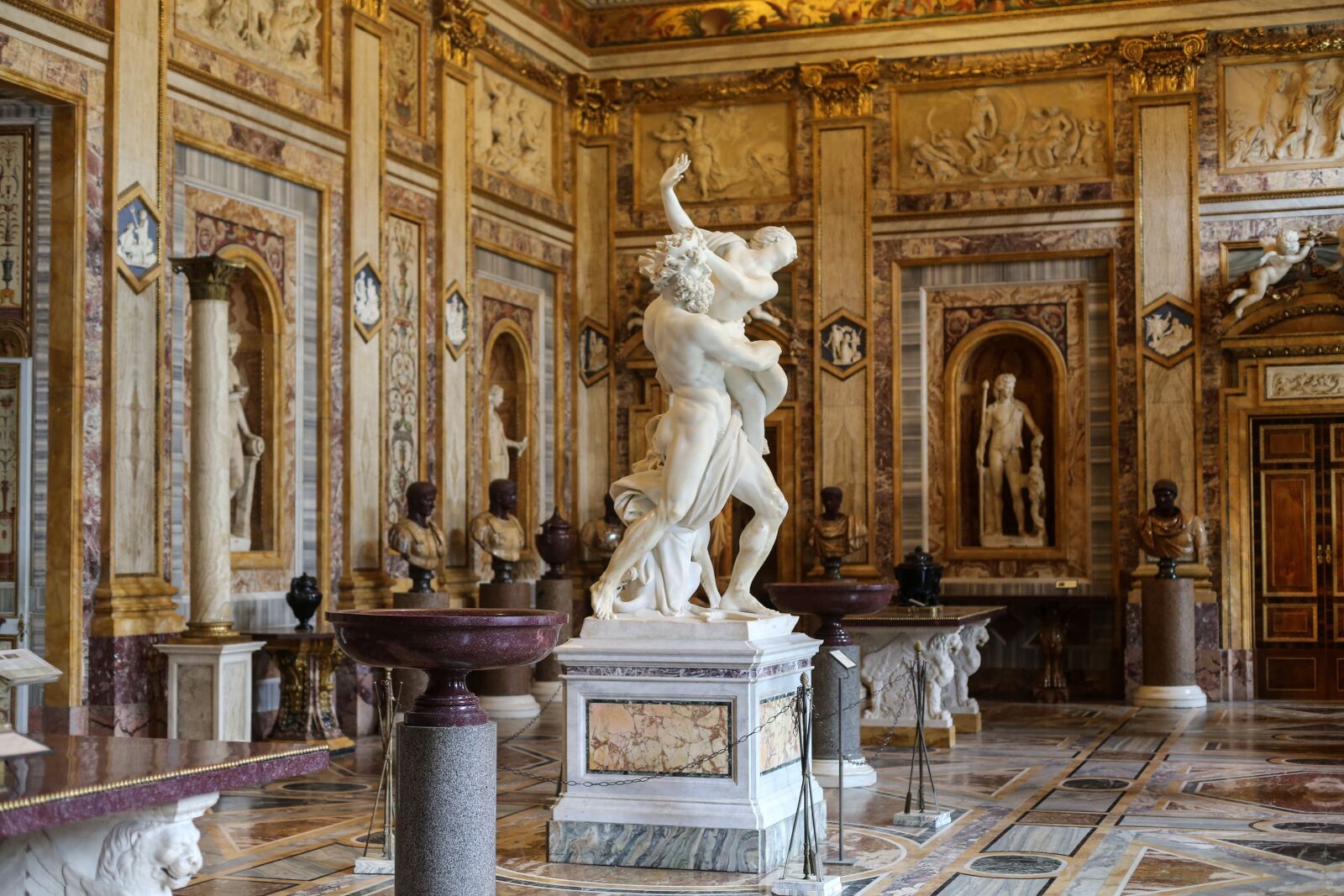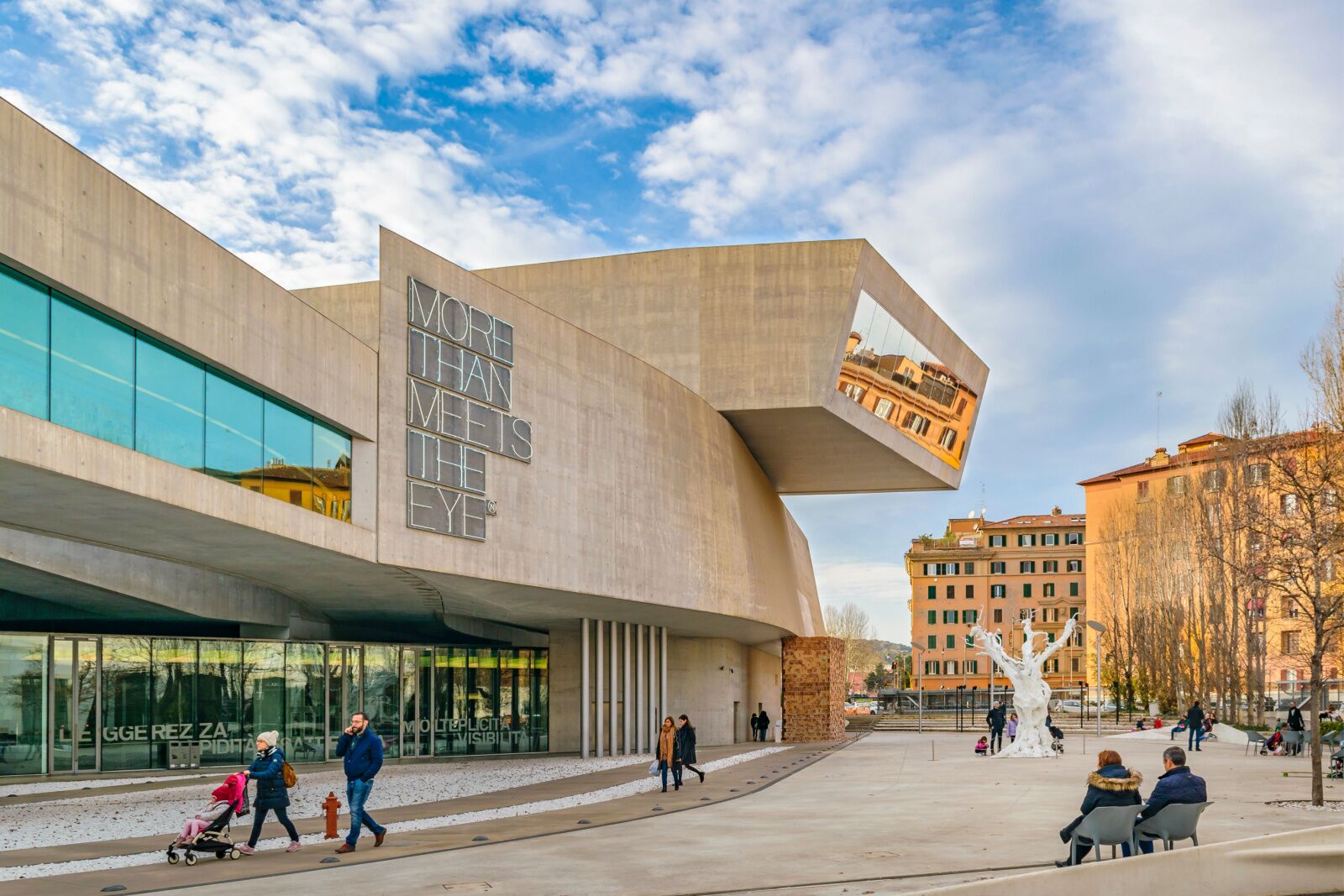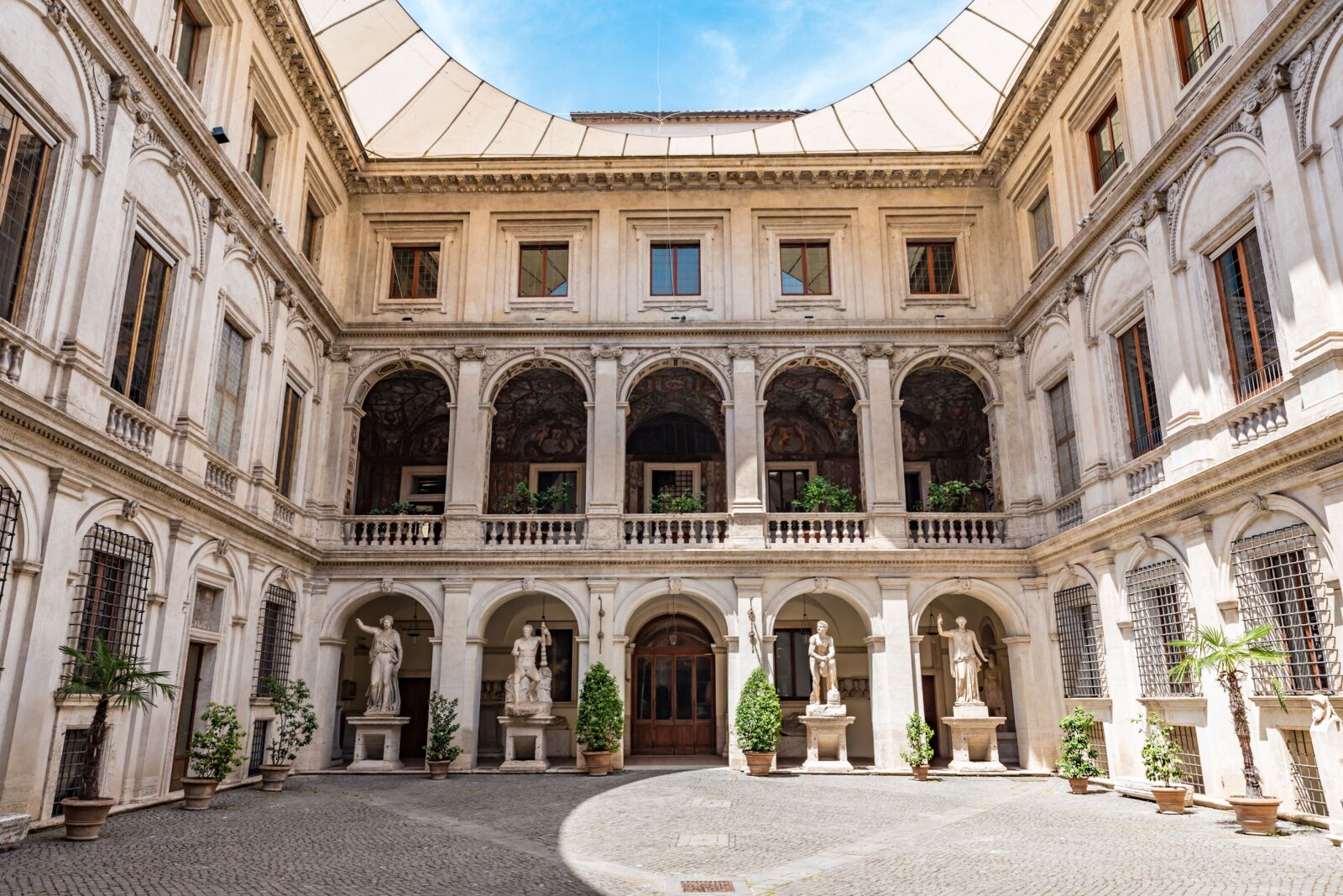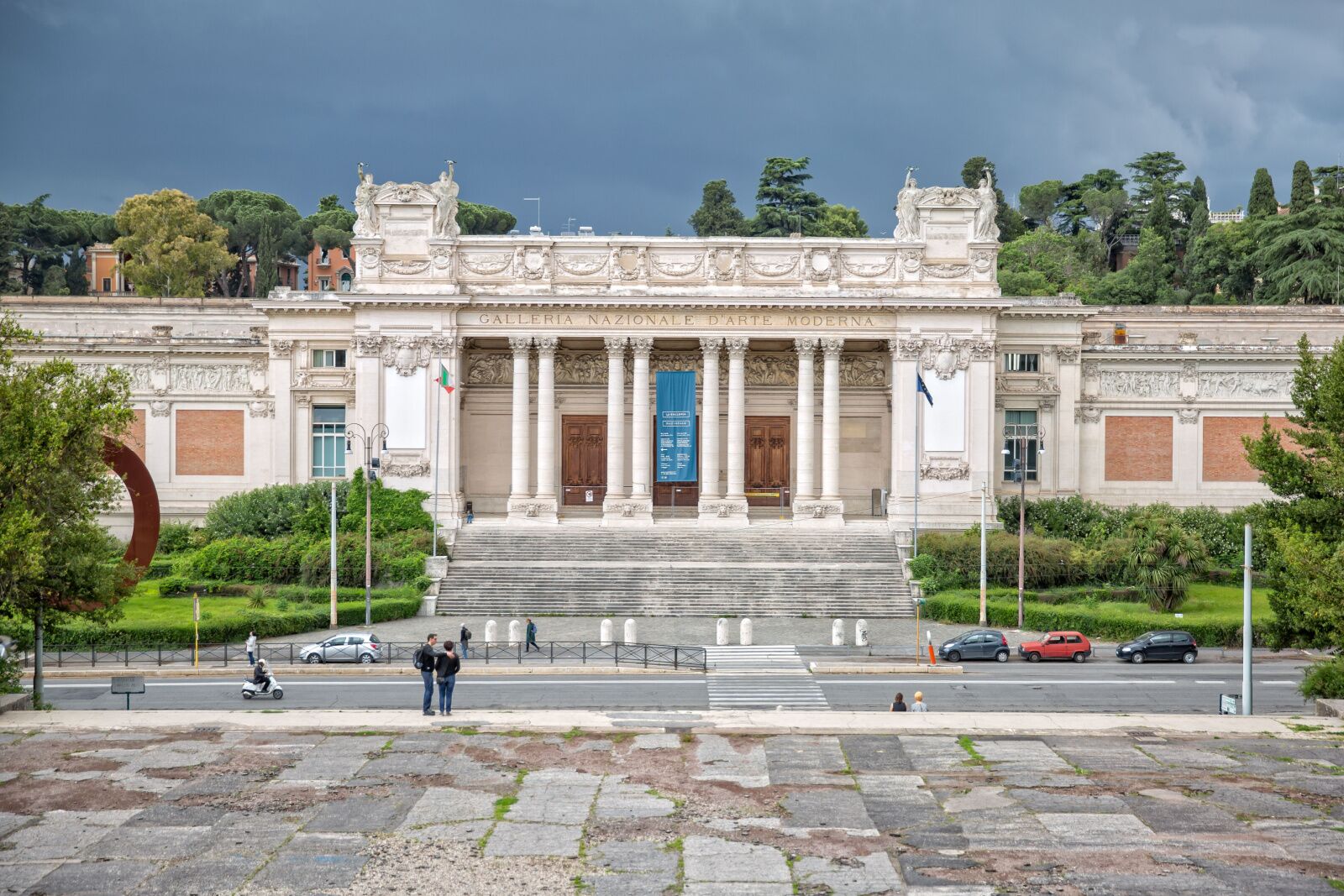Rome, often called “the Eternal City,” is home to some of the most magnificent museums in the world. That’s partially because Rome is one of the world’s oldest cities, with a history spanning more than 2,500 years.
It was founded in 753 BCE and originally ruled by monarchs before becoming a republic in 509 BCE. In 27 BCE, Augustus became the first emperor of Rome and established the Roman Empire, which eventually became one of the largest and most powerful empires in world history. Over the centuries, Rome has been sacked, rebuilt, and reinvented, and it continues to influence the world today through its art, architecture, and cultural legacy.













